Depressed, fragile, rebellious, angry… Arabesque music is one of the rare genres that shapes Turkey’s art history. So, is this arabesque music that people listen to even when they have no problems, is it a sign that we are socially masochistic?
Pop, rock, rap, hip hop, R&B, trap, jazz, blues, country, reggae, metal, classical… All these are among the most accepted music genres all over the world; Like Anatolian Rock we already know their localized versions.
Classical Turkish music, or Turkish classical music, whose origins date back to the 10th century; Genres such as fantasy music, which emerged in the 80s as an alternative to this classical movement, are among the values unique to these lands. Among these values is “Arabesque music” but his story is different…
A Spotify research: The interest in arabesque music in Turkey has increased 4 times in the last 3 years…
With the influence of films such as Bergen, arabesque music has become a modern day music. more effective than ever before. While 3 of the top 10 most listened artists are not alive today, at least 4 of them are not actively producing new songs. So we are in the era when old songs are popular again. So why? We are going on a recent journey.
In fact, the first arabesque music experiments were made in Turkey in the 1940s, but this new style did not attract much attention when it was perceived as ‘Arab music’ in the society:
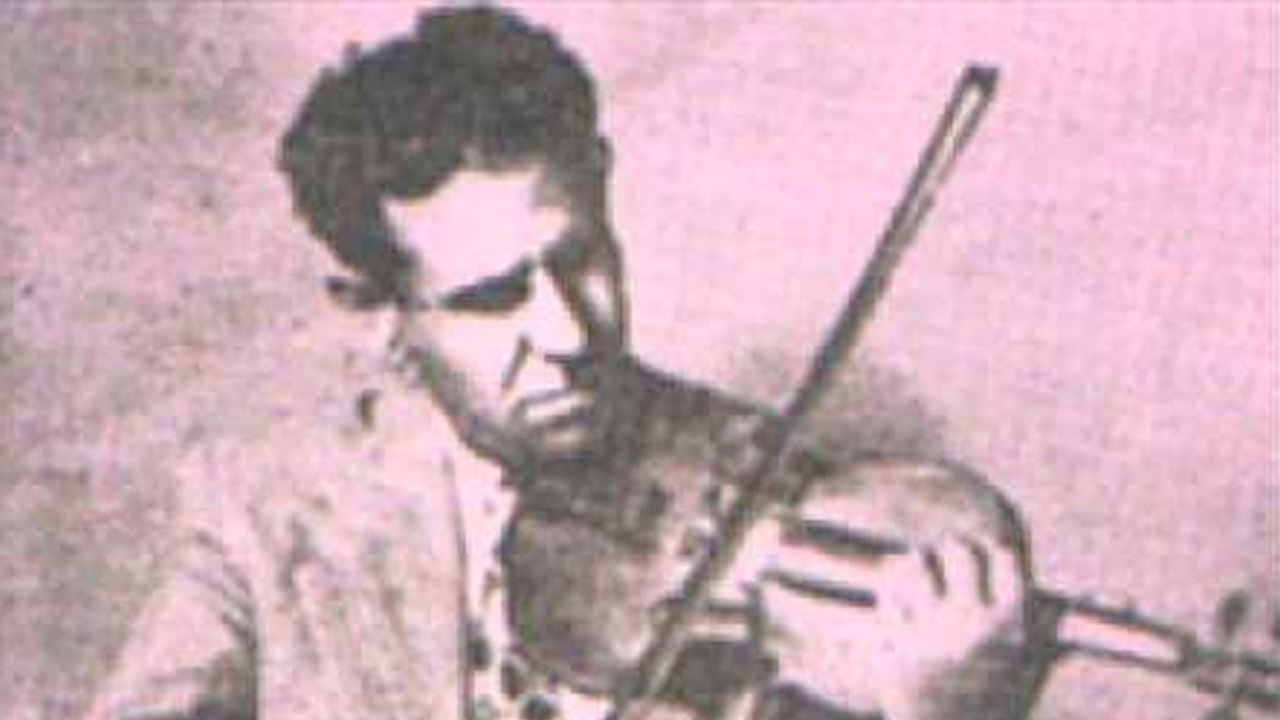
Haydar Tatlıyay, who made the first arabesque music experiments in Turkey
The word “Arabesque” had passed from French to Turkish and its meaning ‘Arab style’ meant. The first attempts, inspired by classical Arabic music, did not find much cultural response in the society.
Everything started in the 1960s, when Turkey went through a major transformation process…
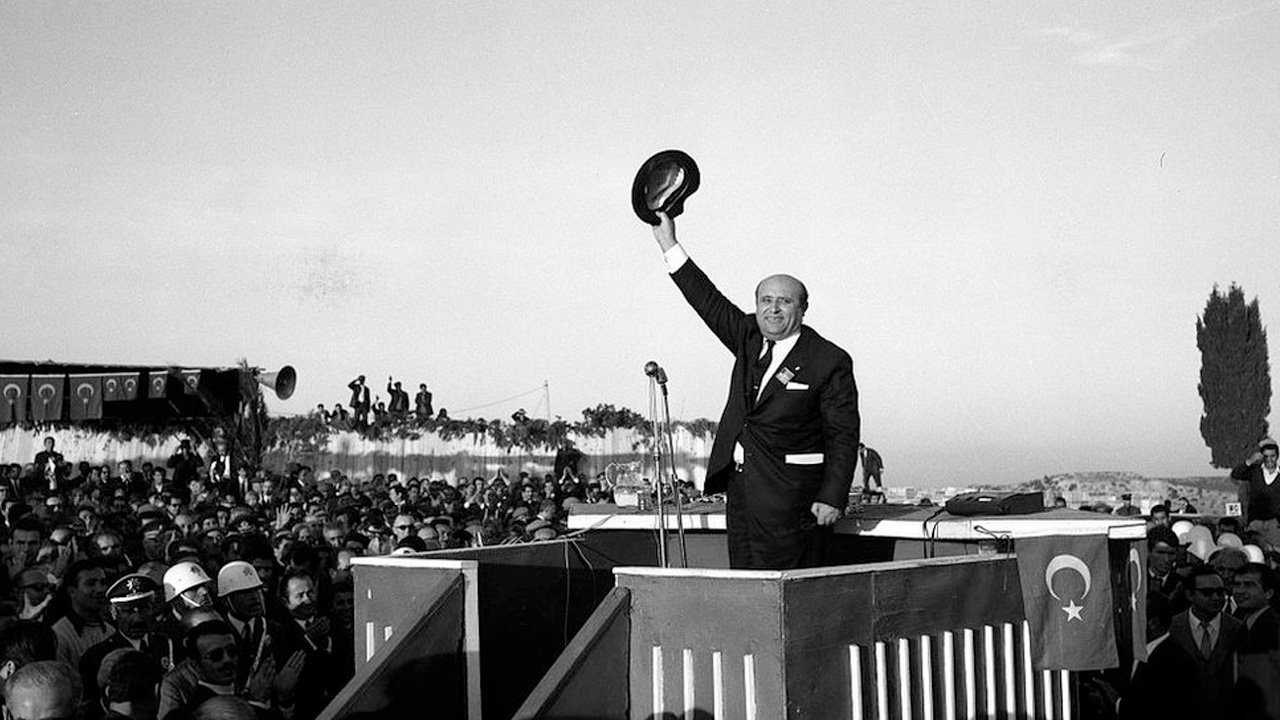
Beginning 65-70 years ago both cultural and political practicesThe country had its springs stretched. Let’s not go into details, the important thing is the traumas that occurred at that time…
In fact, before those years, “listening to music” in Turkey was an act that people mostly did to have a good time:
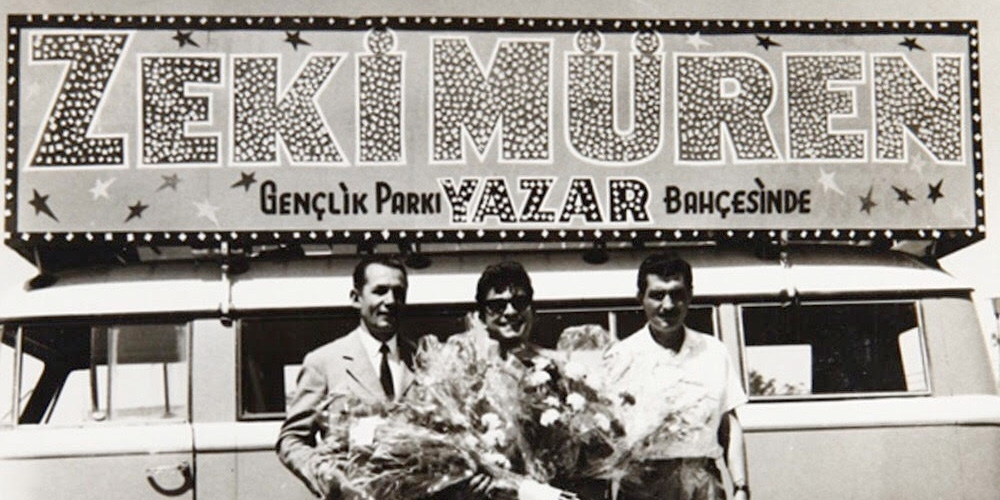
The reason was simple: The series of efforts for an artist’s recognition and listening to his song was very different from today’s and required effort. Listening to music was both an expensive and an exclusive pleasure, from the time records first hit rock record, the record went into mass production, and finally the turntable. your plaques 1 song on each sidemade what was listened to more special and unique.
The Great Depression and the Second World War. The traces of World War II began to be erased; In young and developing countries like Turkey, production accelerated relatively and the number of job opportunities increased. The world was becoming a ‘global village’:
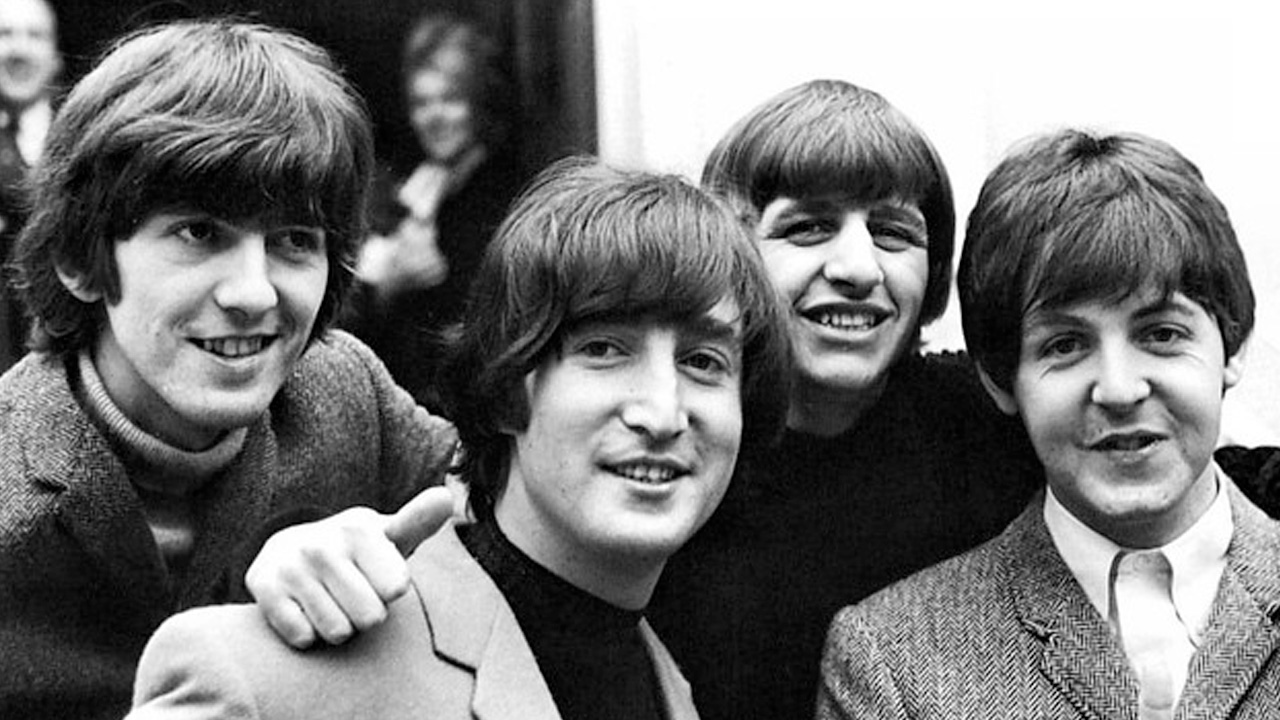
Members of The Beatles, one of the rock stars of the 60s
However, Anatolian people had to migrate to big cities in order to get these opportunities. Years later, this situation would even be reflected in the cinema:
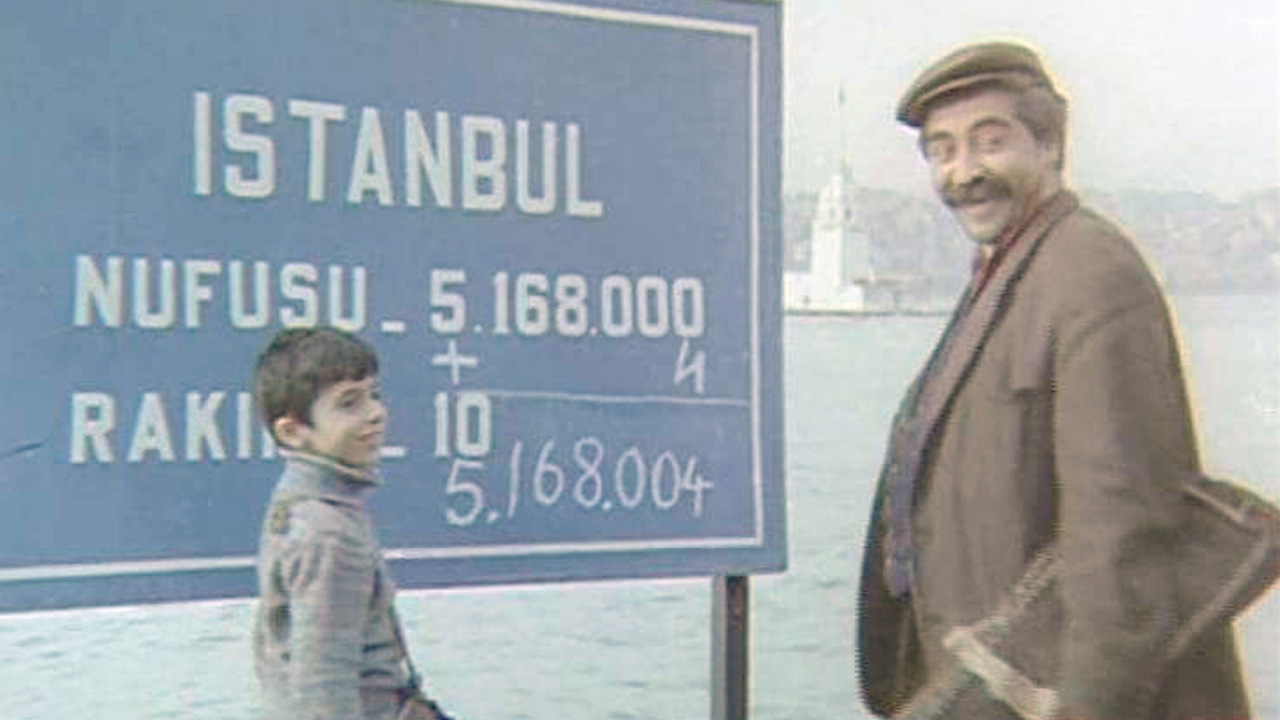
Arrival of a citizen representing a peasant painting from the movie Taşı Land, Altın Şehir, in Istanbul, 1978
It wasn’t just the iconic Village from Downtown to the City above, it’s not the only example. Herd, Stone Land Golden City We have seen films of different genres that have shaped Turkish cinema, such as
It was a serious culture shock for someone who grew up in the village to migrate to the city:
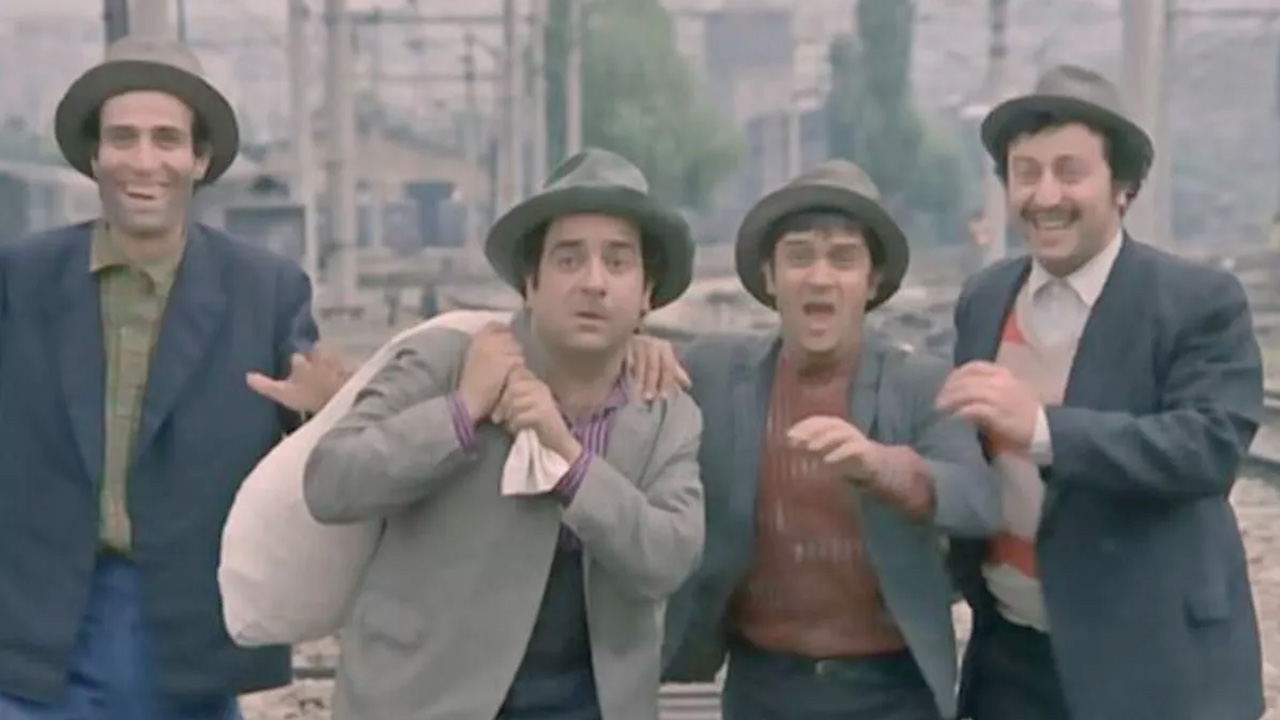
From Village to City, 1974
The experience of these people, most of whom are workers, in the face of the capitalist order was already felt in the movies. Most of them can’t fit in, they are excluded, they earn some money and they are born. counting the days to return to the village maybe…
Dance music from Arab countries met with lyrics written in Turkish and…
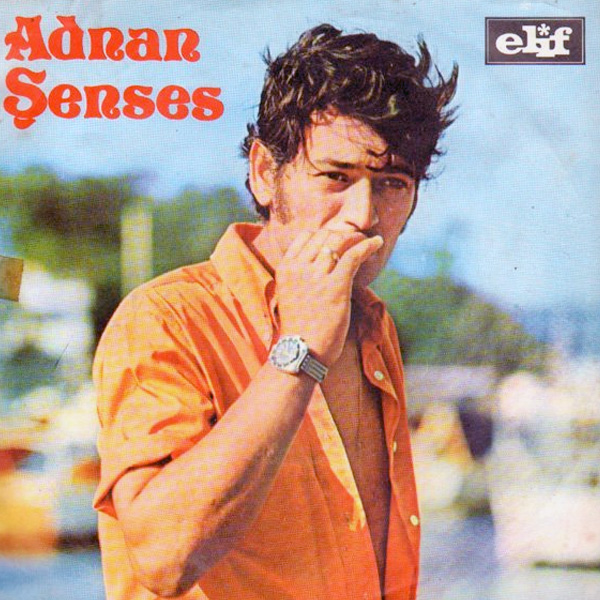
After the songs directly adapted by artists such as Adnan Şenses, rock music with Orhan Gencebay and Turkish folk music with Hakkı Bulut took place in arabesque. In time, Müslüm Gürses was before us with common arabesque songs in which western instruments were used.
In the 70s, records began to be replaced by cassettes, becoming a “means of expression” rather than a pleasure for those who produce and listen to music:
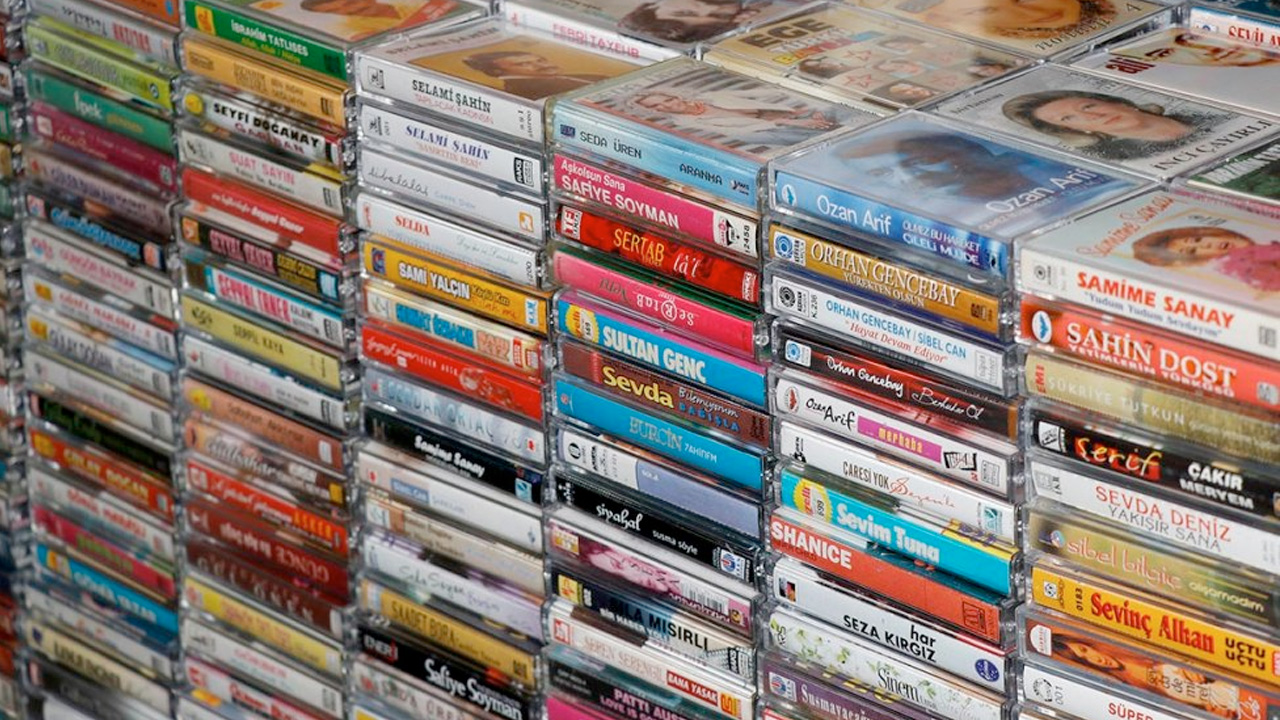
Cassettes revolutionized music production. Smaller and more convenient, containing more songs at the same time. state-of-the-art product Shipping was also easier. For example, more cassettes would fit in the same box.
arabesque music in the years when things started to boil with “fathers”; Contrary to the Arab culture, which is the source of the Arab culture, women also had a voice:

Artists like Bergen, who are naturally gifted; they preferred arabesque music to express the difficult life they lived to the society that had been so shaken.
More artists, more songs, more listeners were created in a very short time:
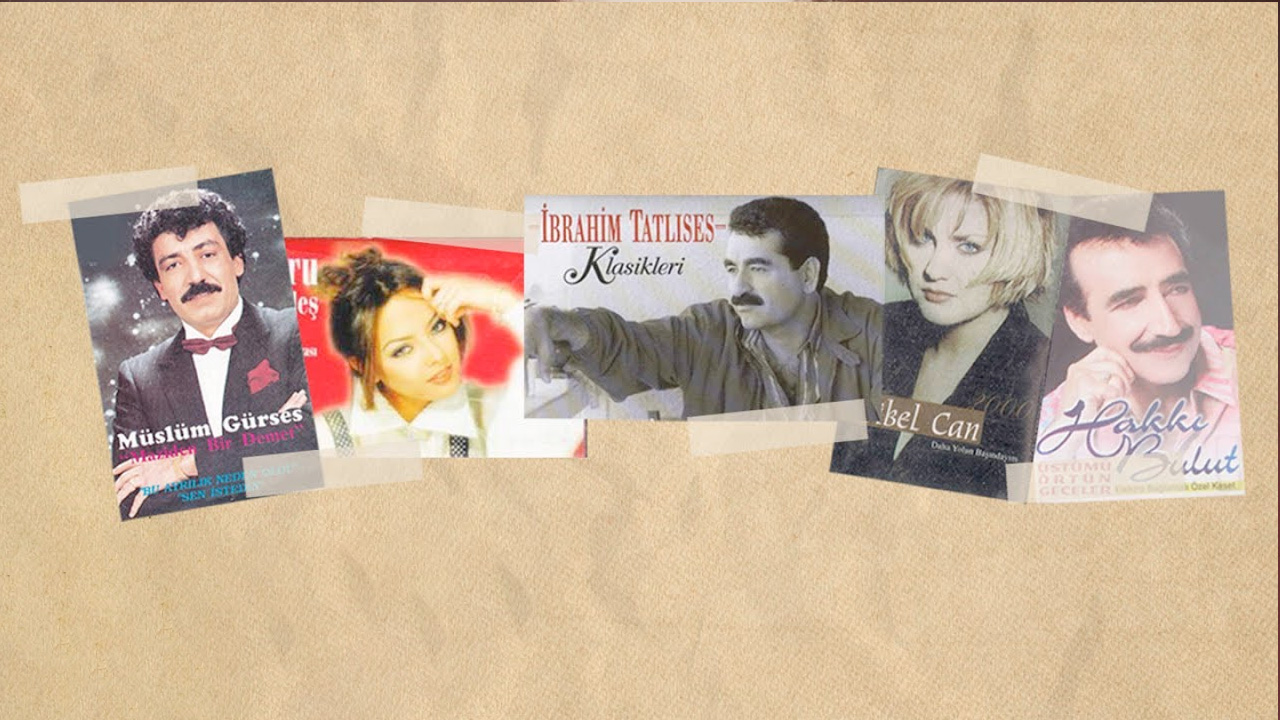
Stories were written on fashionable songs, even movies were shot. Cinema became the way for an artist to promote his music… Dozens of arabesque films broke out all of a sudden:
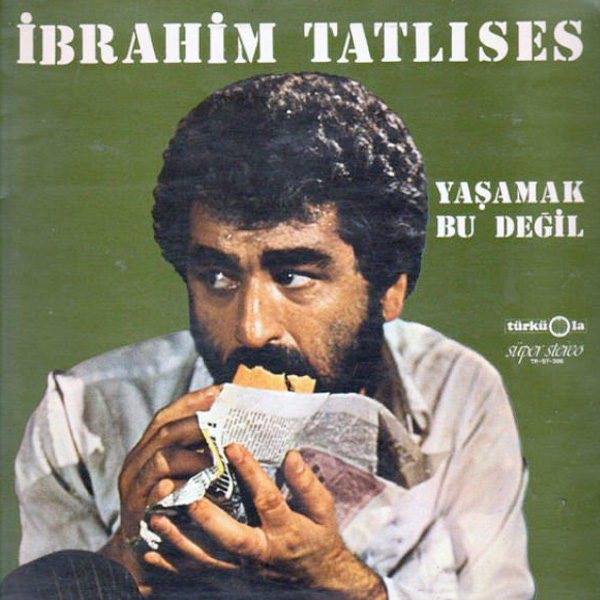
Moreover, people watch these movies because they identify with themselves not only the songs but also the stories. Maybe the communities excluded by the urban people after the intense migration increased the number of impossible loves… Stereotypes were always like this, the struggle of a young person in impossibilities to reach happiness was the subject.
Sociologist Ahmet Talimciler said, “We cannot evaluate all this without ignoring the strength of the connection that the society we live in with suffering.” He says that the society’s approach to pain also has an effect on the spread of arabesque.
The journey that led to İbrahim Tatlıses, who said he was born in a cave and was said to have been discovered when he was a construction worker, as ‘Turkish Pavarotti’, started in these years:
And a rush of young and child artists had begun… Fathers who dominate all the sufferings in the world and nicknames such as “the woman of suffering” were not enough, the child of suffering emerged:
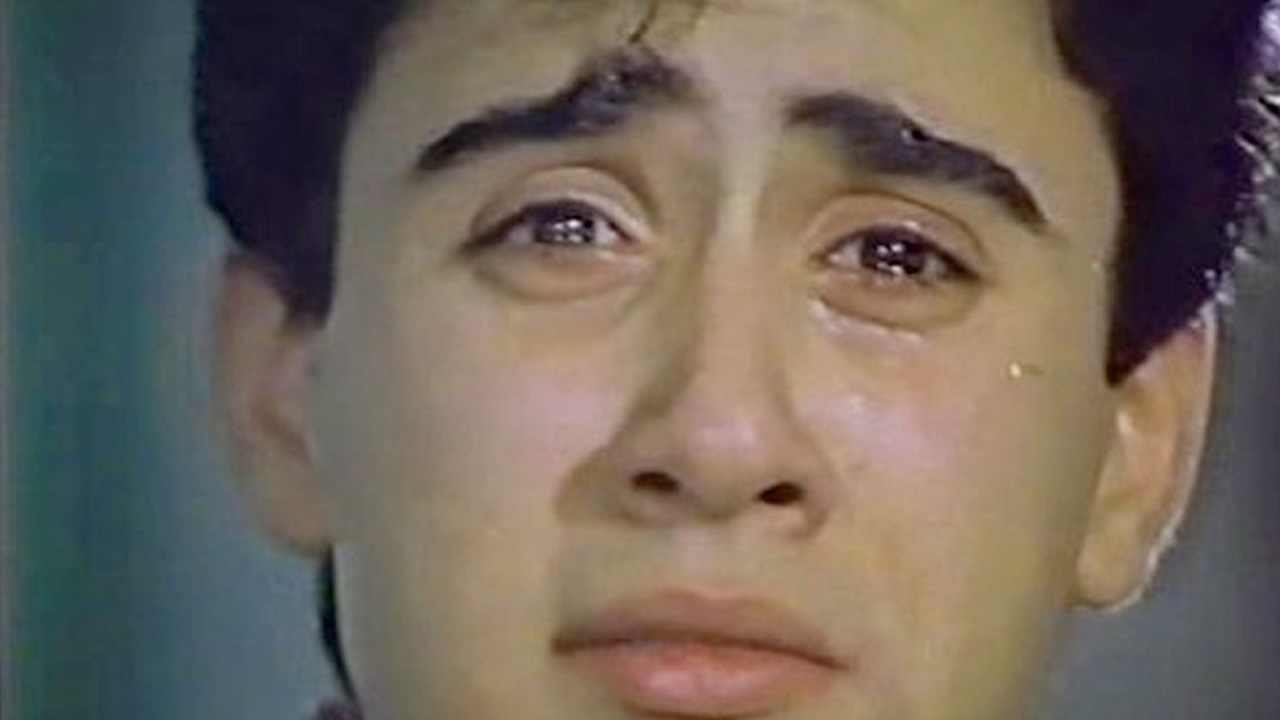
Because it was more effective to explain the hard feelings through a child. Can we say that when the innocence of a child is combined with the rebellious attitude of arabesque music, generations of “adolescents of pain” have grown up?
These songs and movies began to be the voice of the traumas experienced… When we came to the 80s, the period of combining different styles with arabesque music began:
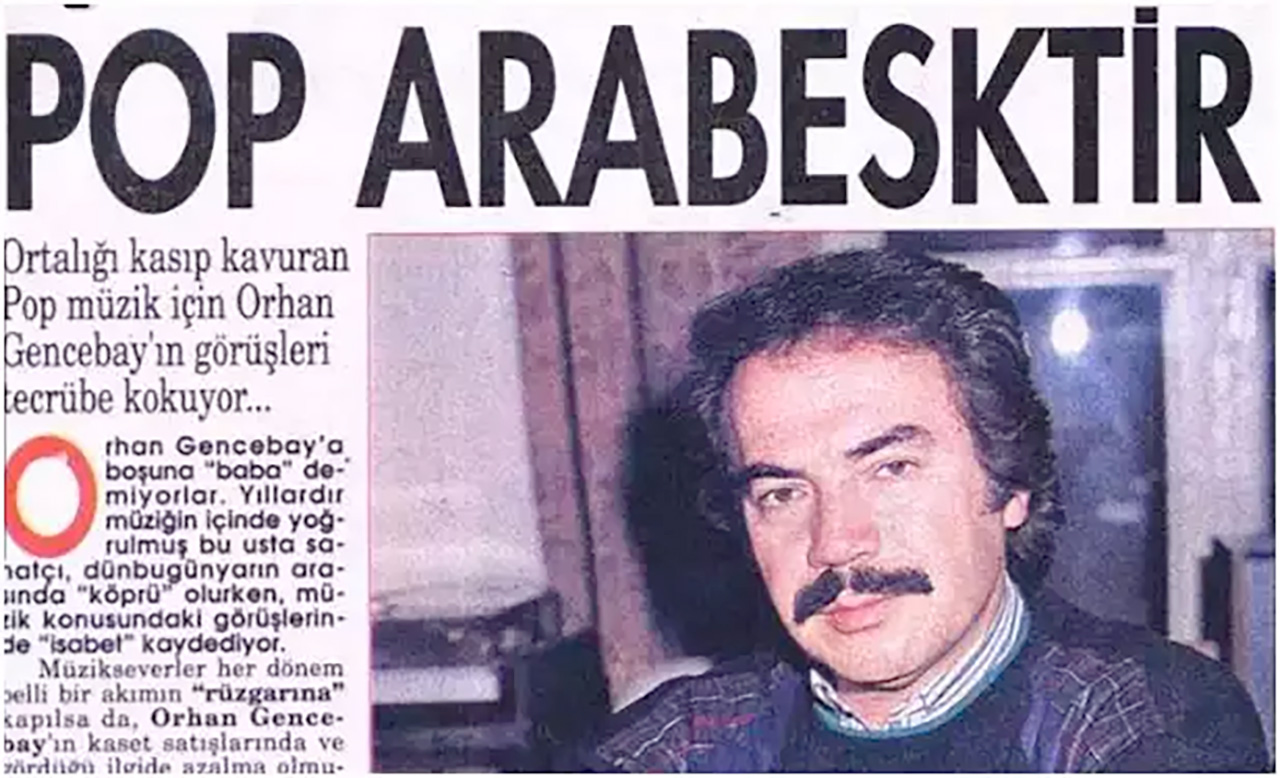
Just like Anadolu Rock, we started to see traces of arabesque in Turkish pop in the 80s. On albums by pop artists arabesque songs, pop songs on albums of arabesque artists was taking effect.
Despite everything, the people were distant to arabesque music. Let’s listen to the street interview made by TRT in 1982:
In the 90s, arabesque began to find a response in popular culture, not just the voice of the excluded, with the introduction of CDs:
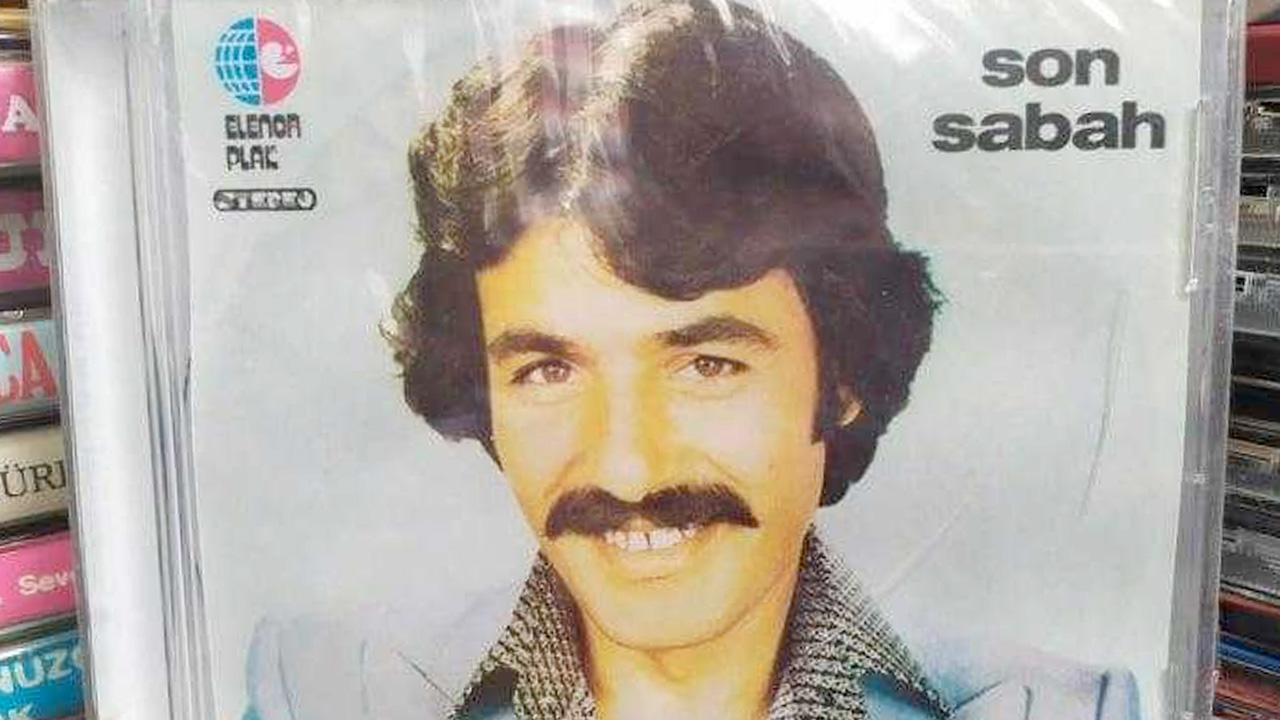
The perception that arabesque is unique only to socially marginalized people was broken in the 90s, according to the Talimists: “Especially in the second half of the 90s, Orhan Gencebay, Müslüm Gürses, Ferdi Tayfur and Ibrahim Tatlises This perception has begun to change after many names, including many names, have increased their presence in popular culture in different ways. Let’s remember on this occasion that Müslüm Baba suddenly started to appeal to a completely different audience, as well as his own bone mass, with unforgettable songs such as Daisy, I’m at the Age My Father Died, and Nilüfer.”
The traumas experienced reached their peak in Müslüm Gürses’ Gülhane concert in 1989: Someone coming out of the perverted crowd stabbed Gürses:
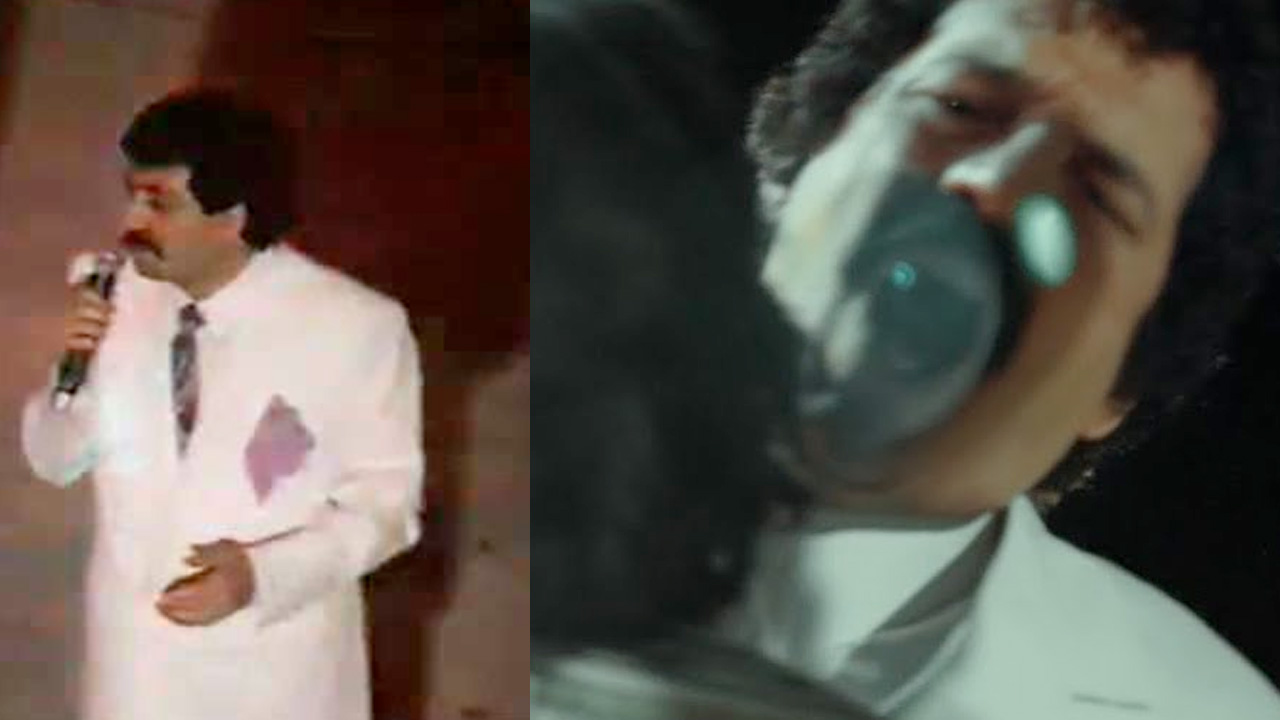
Speaking of coups, political winds… With the influence of the internet and music becoming an industry, the subject has now come to arabesque rap:
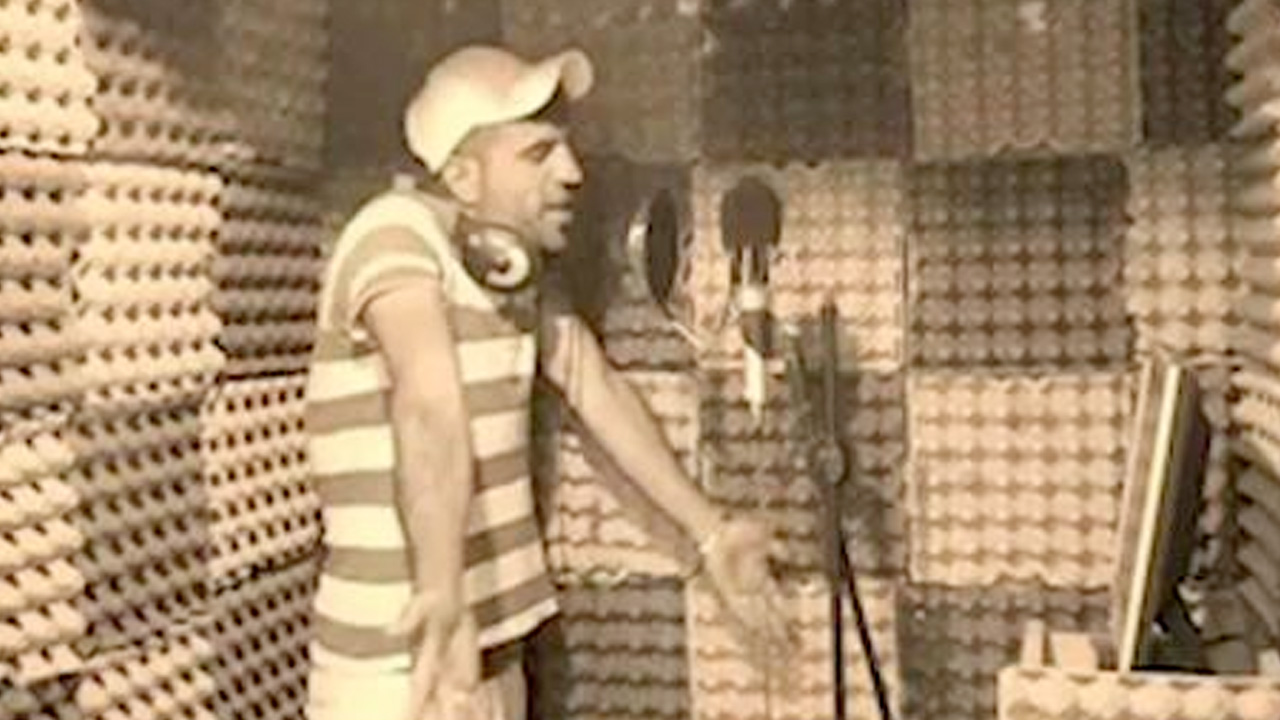
“As the political, economic and cultural processes that the country is going through, it is inevitable that the arabesque will also be transformed.” says Ahmet Talimciler and adds; “For the last ten, fifteen years, we continue to see arabesque again and again in many fields, especially in rap music performers.”
Does arabesque music change the direction of anger and overcome pessimism, or does it cause problems to grow rather than resolve?
“We should not forget that this country does not live with the culture of struggling with the problems and eliminating those problems. Arabesque or any other music genre neither carries the problems into the future nor causes these problems to grow. They reflect the existing situation and act as an intermediary to keep it as it is.”
“For many years, the perception of arabesque music equals corrupt music has been injected into social life.”
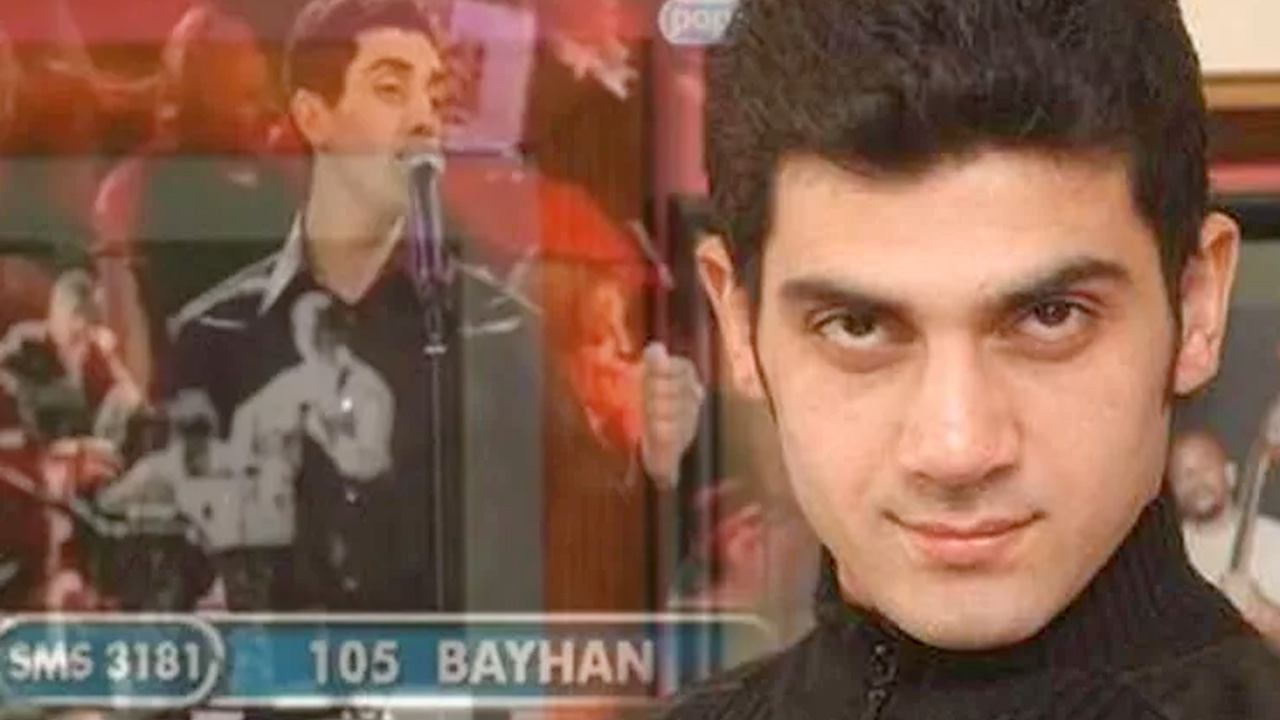
Did arabesque music become the voice of individuals excluded from the highly educated or wealthy segment of society? It is advocated by those who do not like or even radically oppose Arabesque music. The idea that “arabesque music is a loser” According to the trainers, it is wrong.
“However, the point that was ignored in this match was the fact that the highly educated or high-income population of this country is also a product of the culture in which they live. In this land we see in the west family traditions belonging to the bourgeoisie or aristocracy We must not forget the fact that there is no
“Even for the richest families of the country, you can go back three generations at the most, and this reveals how rootless the culture and value judgments built on the concept of tradition are in these lands. That is why it was first introduced degenerate culture; Over time, the place started to change as arabesque became a part of the culture we live in.”
“The reason behind the inability of those who live different lives to come together on a common ground is not arabesque, but the effects of the structure of this country, which has not yet internalized cultural and individualization”:

“We should not forget the fact that the possibility of people with different ideologies, beliefs, perspectives or incomes to come together on different issues is limited.” says:
“In other words, the fact that the elements of the arabesque in question cannot come together is not a reality independent of the inability of those in other fields to come together. Another point that we need to focus on is that, in close connection with this point, the political understanding of this country has always been divide-and-rule the fact that it is operating. As soon as you reduce the connection between people living in different compartments as much as possible, you will have the chance to realize what you want more easily and comfortably. The reason behind the inability of those who live different lives to come together on a common ground is not arabesque, but the effects of this country’s structure that has not yet internalized cultural and individualization.”
You can share your thoughts about Arabesque music, its popularity and future below.
